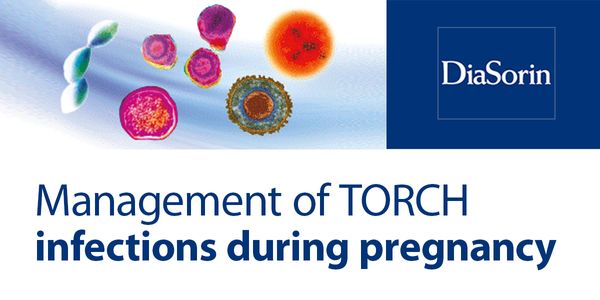Diagnostics microbiology
Diagnostic microbiology concentrates on laboratory analysis of clinical specimens in cases when an infectious disease is suspected. In other words, it is the study of microbial infection.
-
As the diagnostic test menu has increased in size and complexity, healthcare providers are in great need of advice on appropriate test selection and result interpretation. To address this nee...Speaker: Michael Laposata, MD, PhD
NOV 08, 2018 | 5:00 PM
DATE: November 9, 2018 TIME: 09:00am CST, 10:00am JST, 12:00pm AEDT Perso and precision medicine are rapidly growing areas that require good data to categoriz...
OCT 16, 2018 | 7:00 AM
DATE: October 16, 2018TIME: 7:00am PDT, 10:00am EDT In today’s healthcare environment, leaders are increasingly asked to demonstrate value in terms...
OCT 16, 2018 | 6:00 AM
DATE: October 16, 2018TIME: 3:00 PM CEST, 6:00 AM PDT This webinar will provide an overview on some pathogens that can be transmitted from mother to fetus du...
Recent work has identified epigenomic features of distal regulatory elements to be dynamic and defining indicators of cellular specification and transformation. Of particular relevance is our...
Speaker:
Martin Hirst, PhD
As the most common female malignancy, breast cancer is the most likely reason that a woman will die of cancer around the world. Breast cancer mortality has dropped in the U.S. by 35% since 19...
Speaker:
Benjamin Anderson, MD
Lung cancer is the leading cause of cancer-related mortality worldwide. Large-scale sequencing studies have revealed the complex genomic landscape of NSCLC and genomic differences between lun...
Speaker:
Nicholas McGranahan, PhD
Two projects looking at novel approaches to targeting inflammatory breast cancer will be presented. Inflammatory breast cancer (IBC) is a unique, understudied, and most lethal subtype account...
Speaker:
Kevin Williams, PhD
OCT 11, 2018 | 9:00 AM
High dose of biotin may interference with many routine clinical immunoassays and inaccurate results of some of the tests such as cardiac troponin has serious clinical complications. There is...
Speaker:
Danni Li, PhD, DABCC
The oncogenic transcription factor c-MYC (MYC) is deregulated, and often overexpressed, in more than 50% of cancers. MYC deregulation is associated with poor prognosis and aggressive disease,...
Speaker:
Jason De Melo, PhD
In the past two decades a small number of infrequently dividing cells have been proposed as the source of multi-drug resistance during cancer treatment. These cells identified by their expres...
Speaker:
Krastan Blagoev, PhD
PacBio Sequencing simultaneously provides long sequence reads, high consensus accuracy, minimal sequence bias, and methylation detection. I will highlight new advances and updates on applying...
Speaker:
Jonas Korlach, PhD
























